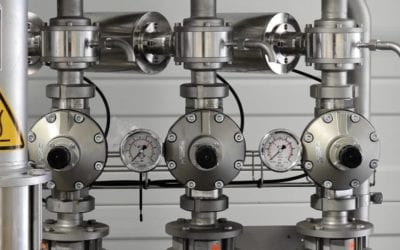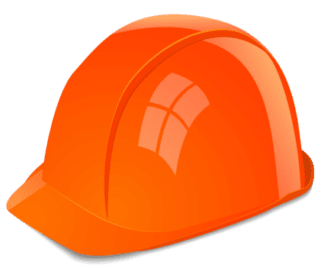What Exactly is COSHH?
The term COSHH is short for “Control of Substances Hazardous to Health”, and it is a legal requirement that businesses control these substances in the workplace. Under these regulations, all employers must reduce and control exposure to hazardous substances in order to prevent any harm or ill health to their employees. Understanding the importance of COSHH could mean preventing your team from experiencing ill health and accidents.
Each year, thousands of employees become ill as a result of exposure to hazardous substances. But, by following COSHH, businesses can work more safely, save money and be more effective in their operations. Together with ensuring that employees remain healthy when carrying out their day-to-day responsibilities.
What Are the Different Hazardous Substances?
The kind of hazardous substances that are present in a workplace will depend on the type of industry a company specialise in. For example, if you run a restaurant or bar, then you will have heavy duty cleaning chemicals present within your business. On the flip side of this, if your business specialises in carpentry, then wood dust and adhesives will be present.
However, regardless of what industry you specialise in, it is crucial to be aware of the different hazardous substances and what causes them.
Biological Agents. Such as fungi or bacteria
Natural Substances. Such as grain, flour or enzyme dust.
Substances Created by Working. Such as welding fumes or wood dust.
Chemical Products. Such as adhesives or cleaning fluids.
These types of hazardous substances can be present in your workplace and come from a variety of different sources and can include.
Gas. Such as carbon monoxide.
Liquid. Such as cleaning chemicals.
Spray or Mist. Such as paint or acid mists.
Fumes. Such as welding, soldering, welding or hot rubber.
Dust and Powder. Such as wood, rubber, metal or construction dust.
Complying with COSHH Regulations
In order to comply with these regulations, a business owner must conduct a risk assessment to identify what hazardous substances are present and what the likelihood of harm to their employees is. They must then evaluate the risk and decide what precautions are required in order to prevent or control the risk of exposure to the substances.
COSHH Regulations have a plethora of different control measures that businesses must follow in order to be compliant. The employer must ensure that all control measures put in place are correctly followed and maintained. If a control to prevent exposure to a hazardous substance is practically impossible, then it must be controlled by creating a source of ventilation or supplying those at risk with Personal Protective Equipment (PPE). Refer to COSHH data sheets if you are unsure of the suitable PPE for each hazard. However, please be aware that PPE should only ever be a last resort when no other precautions can control a risk.
Hierarchy of Hazard Control
Hierarchy of hazard control is a safety system that is used to minimise risk or completely eradicate it all together. The thing to be aware of when looking at the different hazard controls is that they are in order of decreasing effectiveness.
Step 1 – Eliminate.
Step 2 – Use a safer product.
Step 3 – Change the process to emit less of the product.
Step 4 – Enclose the process.
Step 5 – Extraction.
Step 6 – Reduce the amount of people.
Step 7 – PPE.
Step 8 – Train employees for each control method.
How to Assess Exposure to Hazardous Substances
Regarding COSHH, you need to consider the task at hand, whether the substance is harmful and how your employees could be at risk of exposure.
Inhalation
If breathed in, some hazardous substances can seriously affect the throat or lungs, while others can enter the body through the lungs and harm other parts, such as the stomach and liver.
Absorption: Skin Contact
Some hazardous substances can damage a person’s skin, while others can pass through the skin and damage other body parts. Skin can become contaminated by direct contact with the hazardous substance or by coming into contact with a contaminated surface.
Ingestion: Swallowing or Eating
People can transfer hazardous substances from their hands to their mouths if they do not properly wash their hands after handling COSHH substances, especially before eating or drinking.
Exposure to Eyes
Eyes can be exposed to many different hazardous substances, especially if those at risk work in an industrial-style environment. Many of these substances can be extremely hazardous to the eyes and even cause a temporary loss of vision or, in the worst-case scenario, irreversible blindness.
Injection
Injection may occur through the misuse of needles or if an accident takes place that involves broken glass or dangerously sharp objects. Hazardous substances can also enter the body via high-pressure liquid or gas streams.
At Terra Firma 360, we are expert health and safety consultants and provide bespoke training to businesses. If you are unsure about any of the components of COSHH Regulations, please contact us today! Call us on 020 3326 5137 or Use our contact Form





